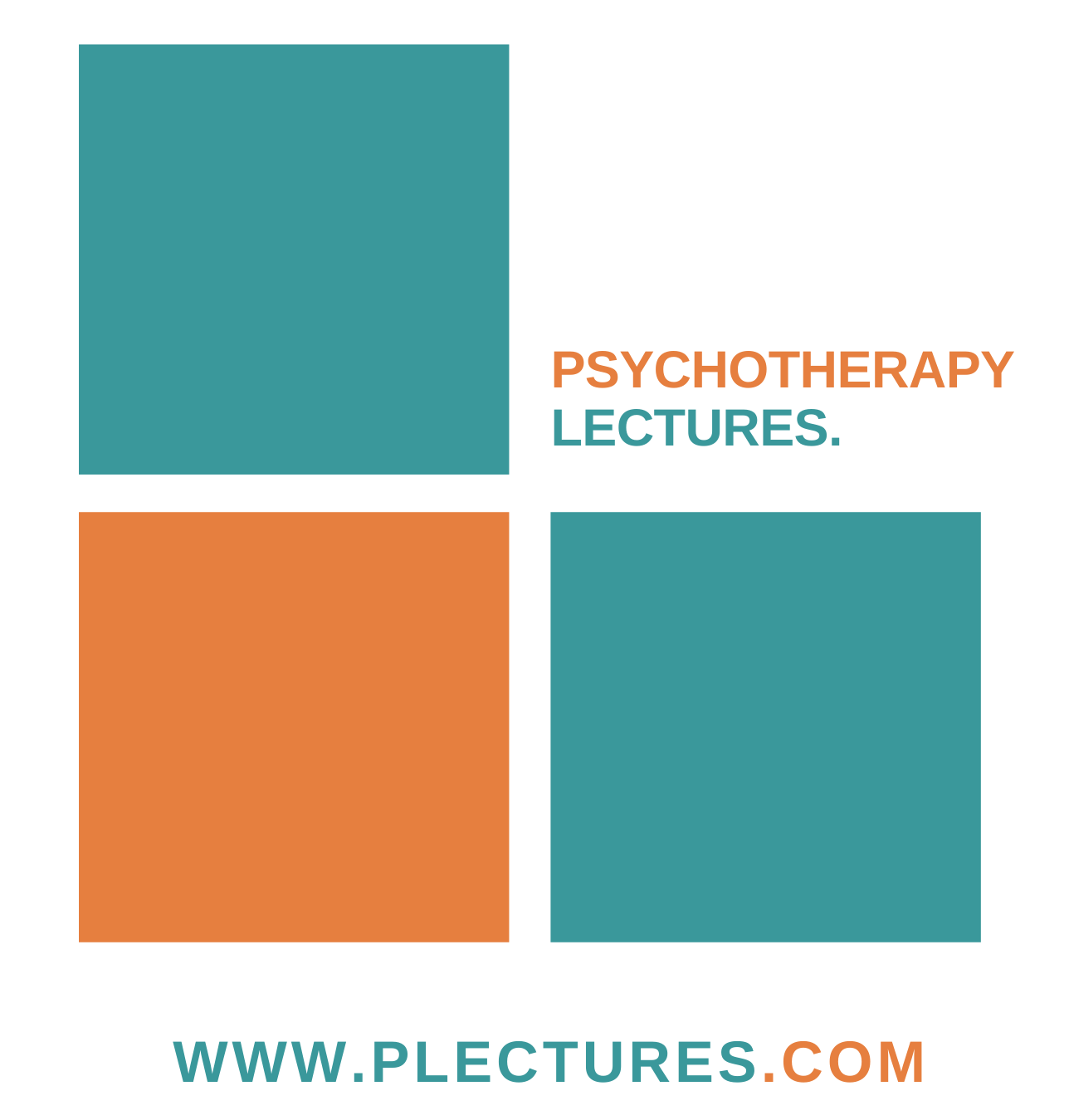Webinar series | 7 webinars + recorder
The Haunted Self. Understanding and Treating Trauma-Generated Dissociation, With an Emphasis on Working With Dissociative parts
The Haunted Self: Understanding and Treating Trauma-Generated Dissociation, With an Emphasis on Working With Dissociative Parts Onno van der Hart Warning: all webinars are recorded videos and you can review them as many times as you want for 12 months.
The webinars will be in English and Spanish
The webinars will be in English and Spanish
Onno Van Der Hart
WHAT'S INCLUDED
-
All live webinar recordings accessible for 365 days
-
All slides used by the teacher downloadable and printable
-
12 hours of specialist training on psychotraumatology
-
32 PDF
-
24 Audio
Recorded
You can also see all webinars recordings for 365 days
Onno Van Der Hart Book's
INTRO
The Haunted Self. Understanding and Treating Trauma-Generated Dissociation, With an Emphasis on Working With Dissociative parts
Traumatic experiences can regarded as breaking-points, dividing one’s personality intodissociative parts functioning in daily life (ANPs) and dissociative parts stuck in trauma-time (EPs).
The earlier in life the traumatization—often involving attachment trauma inherent inemotional, physical and sexual abuse--starts, and the more intense and frequent it is, the more complex this dissociation of the personality becomes, and the more phase-oriented therapy aiming at increasing the patient’s/client’s integrative capacity should be the treatment of choice.
In principle, phase-oriented treatment consists of three recurring phases:
Therapy needs to include:
This webinar highlights, in particular, the challenges of working with specific dissociative parts, including child parts (also pre-verbal parts), hostile and perpetrator-imitating parts, and perpetrator-idealizing parts.
The earlier in life the traumatization—often involving attachment trauma inherent inemotional, physical and sexual abuse--starts, and the more intense and frequent it is, the more complex this dissociation of the personality becomes, and the more phase-oriented therapy aiming at increasing the patient’s/client’s integrative capacity should be the treatment of choice.
In principle, phase-oriented treatment consists of three recurring phases:
- stabilization, symptom reduction, symptom reduction, and skills training;
- treatment of traumatic memories;
- personality (re-)integration and rehabilitation.In clinical practice, these phases may alternate with each other.
Therapy needs to include:
- a clearly-defined collaborative therapeutic relationship;
- a systematic plan of overcoming the various phobias which maintain the dissociation of the personality;
- the thoughtful application of a systems approach, involving working with dissociative parts also in the treatment of the traumatic memories
This webinar highlights, in particular, the challenges of working with specific dissociative parts, including child parts (also pre-verbal parts), hostile and perpetrator-imitating parts, and perpetrator-idealizing parts.
LEARNING OBJECTIVES
In understanding the nature of trauma-generated personality dissociation as an extreme form of non-realization, participants will be able to:
-
Understand how various phobias maintain the dissociation of the personality and know how to overcome them with the frame of the treatment oriented to the specific phase.
-
Know how to use the collaborative therapeutic relationship in helping the patient to recognize, accept and collaborate with the parties.
-
Develop a systemic approach in working with these parties, including secondary parties (including pre-verbal parties), hostile and imitating and idealized parties of perpetrators of violence.
-
Use therapeutic approaches that stimulate the patient's imaginative capacity.
-
Work for a collaboration of the dissociated parts in the difficult work of integrating traumatic memories.
SCHEDULE
WEBINAR 1
Understanding trauma-generated dissociation
Trauma-generated dissociation of the personality involves an integrative impairment, in which experiences are not fully integrated in the personality as a whole.
Thus, the levels of integration are discussed, including the level of realization. Trauma-generated dissociation involves non-realization
Thus, the levels of integration are discussed, including the level of realization. Trauma-generated dissociation involves non-realization
WEBINAR 2
Dissociative parts, what drives them, and their manifestations
Distinguishing dissociative parts of the personality mainly mediated by daily life action (motivational) systems and those mainly mediated by the defense action system and stuck in trauma-time; identifying their manifestations in positive and negative dissociative systems; the need for adequate screening, diagnosis and assessment
WEBINAR 3
More on diagnosis and assessment. Treatment frame and plan
In addition: nature of therapeutic relationship; principles of phase-oriented treatment, in particular overcoming the phobias that maintain dissociation of the personality, thus prevent integration and interfere with adaptive functioning; with an emphasis on overcoming the phobia of dissociative parts
WEBINAR 4
Overcoming the phobia of dissociative parts
Elaboration of a systems approach of working with dissociative parts: fostering acceptance and collaboration among dissociative parts; using particular symptoms as points of entry; the use of imagination, such as inner meeting place and inner safe places
WEBINAR 5
Overcoming the phobia of dissociative parts (continued)
Emphasis on overcoming the phobia of child parts, including pre-verbal parts; exploring resistances; helping the personality system to accept and to care for them; sometimes this involves creating an imaginary ideal parent figure
WEBINAR 6
Overcoming the phobia of dissociative parts (continued)
Emphasis on overcoming the phobia of child parts, including pre-verbal parts; exploring resistances; helping the personality system to accept and to care for them; sometimes this involves creating an imaginary ideal parent figure
WEBINAR 7
Overcoming the phobia of dissociative parts (continued)
Dealing with the key issue of an often ambivalent relationship with the
parents c.q. perpetrators, delegated to parts idealizing and parts hating
them and keeping the traumatic memories of the abuse; further work on
overcoming the phobia of traumatic memory, and how to prevent in
advance that the integration of traumatic memories (phase 2 work) will
be retraumatizing and further impair the patient’s integrative cacapcity.
SPEAKER
Speaker
Onno Van Der Hart
A psychologist, adult psychotherapist, trained family therapist and researcher, Dr. van der Hart is Professor of Psychopathology of Chronic Traumatization at the Department of Clinical and Health Psychology at Utrecht University, the Netherlands, and a psychologist/psychotherapist at the Sinai Center for Mental Health, Amsterdam.
He is clinical consultant of the Center for Post-Trauma Therapy and Trauma Eduction, Helsinki and Oulu, Finland. Until recently Dr. van der Hart was Chief of Research at the Cats-Polm Institute—a research institute in the area of childhood abuse and neglect—in Zeist and a lead psychotherapist, specialized in the treatment of clients with complex trauma-related disorders, at the Mental Health Center Buitenamstel in Amsterdam.
Currently, Prof. van der Hart is working with colleagues Ellert Nijenhuis, PhD, and Kathy Steele, MN, CS, on a theoretical approach on trauma-related structural dissociation of the personality and treatment model which unifies psychiatric disorders with a traumatic stress origin.
Their combined efforts resulted, among other things, in the publication of their book, “The Haunted Self: Structural Dissociation and the Treatment of Chronic Traumatization” (New York/London: W.W. Norton & Cie, 2006), for which they received the Media Award of the International Society for the Study of Trauma and Dissociation.
He is clinical consultant of the Center for Post-Trauma Therapy and Trauma Eduction, Helsinki and Oulu, Finland. Until recently Dr. van der Hart was Chief of Research at the Cats-Polm Institute—a research institute in the area of childhood abuse and neglect—in Zeist and a lead psychotherapist, specialized in the treatment of clients with complex trauma-related disorders, at the Mental Health Center Buitenamstel in Amsterdam.
Currently, Prof. van der Hart is working with colleagues Ellert Nijenhuis, PhD, and Kathy Steele, MN, CS, on a theoretical approach on trauma-related structural dissociation of the personality and treatment model which unifies psychiatric disorders with a traumatic stress origin.
Their combined efforts resulted, among other things, in the publication of their book, “The Haunted Self: Structural Dissociation and the Treatment of Chronic Traumatization” (New York/London: W.W. Norton & Cie, 2006), for which they received the Media Award of the International Society for the Study of Trauma and Dissociation.
Onno Van Der Hart
Guaranteed Security using one of the most advanced encrypted systems on the market.
The information in this page is being processed and encrypted securely using
industry-leading encryption and fraud prevention tools.


